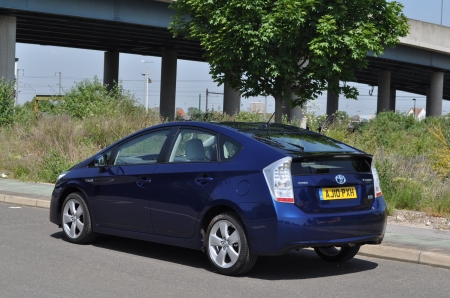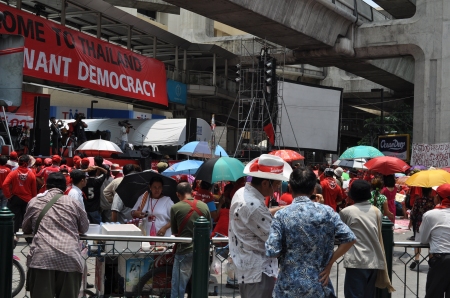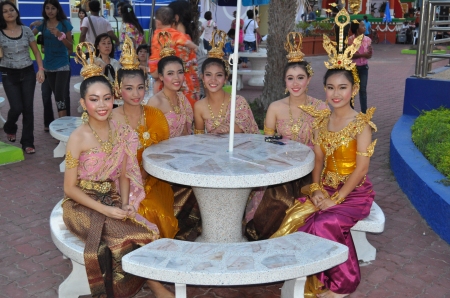In July and August two Strategic Rail Freight Interchange (SRFI) proposals have been refused planning permission following on from major planning inquiries: Radlett and Kent International Gateway (KIG). To paraphrase Oscar Wilde, to lose one rail freight interchange may be regarded as a misfortune. To lose two looks like carelessness!
Where does this leave plans to develop a network of SRFIs as a foundation for significant rail freight growth?
The Context
Strategic Rail Freight Interchanges are large facilities which include both rail connected warehousing and an intermodal terminal. A good example is DIRFT, near Rugby.
It is recognised that developing more distribution centres with rail access could unlock huge modal shift from road to rail. For distribution companies and retailers locating at an SRFI gives them the best possible choice between road and rail. This is why SRFIs and rail freight terminals are strongly supported by government transport and planning policy.
The Recent Planning Decisions
Both proposals were in areas with significant impacts on the countryside and local communities: Radlett on the Green Belt, KIG impacting a nearby Area of Outstanding Natural Beauty and heritage areas.
Clearly there are very few locations in England where you can build a huge development of warehouses and rail facilities without having a major impact on the local environment and communities. This is recognised in the planning process, and SRFIs can still gain planning permission provided they can demonstrate the need for the facility and that there are no suitable but less harmful alternative sites available.
Kent International Gateway
KIG’s “needs case” was partly based on an assumption that the facility would be used to intercept goods from Europe and consolidate them in warehouses for onward distribution by road and rail. However, the planning inspector reported that he was not satisfied that the proposal would function as an SRFI in this way.
The KIG argument is related to a strategy known as “port centric distribution” where National Distribution Centres would be located at ports rather than, as today, being concentrated in the Midlands. The inspector did not accept that this would be applicable to KIG. His key concerns appear to be the location of the terminal (not at a port), and the lack of precedent for distribution by rail from port centric facilities.
Nor did the inspector agree that KIG would be well placed to function as an SRFI serving London and the South East. In particular, he cited the Strategic Rail Authority’s (SRA) SRFI policy which suggested that such facilities should be near to the M25. More on the SRA policy later!
As a result the inspector turned down the appeal and the Secretary of State agreed, and so planning permission has been refused.
Radlett Freight Interchange
This proposal can be regarded as being particularly unfortunate, as it has been the subject of two major planning inquiries. Following the second inquiry the planning inspector recommended that the appeal be upheld and the SRFI be given planning permission, but the Secretary of State disagreed and denied the appeal.
There was general agreement that the facility was needed and would function as a true rail freight interchange, but one of the key issues at both inquiries was whether a less harmful suitable alternative site could be developed as an SRFI.
The developer was required to undertake a major assessment of potential alternative sites. Any location near to a railway was examined over a huge area of south East England.
Again, a key influence was the SRA SRFI policy which suggested that 3-4 SRFIs would be required to serve London and the South East. Given the location of Radlett, the search area for alternative sites covered the North West quadrant of the region around London.
While the inspector agreed that there were no suitable alternative sites which would potentially have less impact, the Secretary of State (SofS) disagreed. He found that a potential SRFI at Colnbrook, near Heathrow, could have less impact.
Colnbrook was the location of a much earlier SRFI proposal known as LIFE, which was refused following an inquiry. The Radlett team rejected Colnbrook as an alternative site largely because it would be counter to local planning policy, particularly concerning the “strategic gap” between Slough and London. The inspector agreed.
However, the SofS disagreed because other local plans mention the potential for an SRFI at Colnbrook:
“The Secretary of State considers that if an application were to be made for a SRFI at Colnbrook of about the size indicated in evidence to the Radlett inquiry, then harm to the Green Belt might, subject to testing in an alternative sites assessment, be found to be significantly less than the harm caused by the Radlett proposal. ”
While there is no planning application for an SRFI at Colnbrook, a developer is working up plans for the site.
The Good News
The good news is that the Secretary of State has made it clear that support for the development of SRFIs is undiminished.
There are several major SRFIs currently being planned, some of which serve the areas of the refused application.
Significantly, SRFI developments of over 60 Hectares will be considered as “nationally important infrastructure projects” and dealt with through the new processes introduced by the last government (and currently being amended by the present government). This may provide more clarity on the needs issue in particular.
Our View
The two decisions cannot be seen as a shift of Government support away from SRFIs. Rather, they reflect the difficulty of allowing SRFIs to develop in Green Belt or other sensitive areas.
However, the decisions should be seen as an opportunity to reassess the way in which need and alternative sites are assessed.
The decision regarding Radlett is particularly unfortunate. In distribution terms, Colnbrook would serve a very different market to Radlett. Radlett would have been well placed to serve businesses and communities in Hertfordshire and North London. This is already an important area for the distribution industry, attracted by access to the A1(M) and M1 as well as the M25 and London. But the scheme proposers could not make this case as the SRA policy would suggest that there is not demand for both Colnbrook and Radlett.
The other reason for concern at the Radlett decision is the idea that a viable site can be turned down on the basis that an alternative sight might be developed which might have less impact. If the remaining alternative site fails to be developed, where does that leave the strategy for rail freight? The result may be ad hoc development of individual or small clusters of warehouses served 100% by road.
KIG is perhaps different. A visit to the site illustrates that, notwithstanding the M20, A20 and HS1, the area is predominantly rural and, to be subjective, pretty. The needs case is not helped by the absence of major distribution developments in the area and a feeling that the location is neither near a port nor well suited for access to London. There will be many in the distribution industry as well as local communities who feel that the right decision has been made in this case.
Time For A New Approach?
Our key concern is that major planning decisions continue to be influenced by a policy published by the SRA six years ago – the SRA SRFI Policy. This policy was based on theoretical research into distribution flows and patterns. At the time it was not clear exactly how the theoretical approach had been applied, and there was little consultation with the distribution industry. Arguably the very basis of the SRA research should now be questioned, given the rapid growth of rail use by retailers and potential moves towards port centric distribution.
The SRA policy provides an impression that there is an intrinsic and limited demand for rail freight terminals. An alternative view is that the demand for change in distribution is lead by retailers and logistics companies who are constantly refining their operations. This is currently leading to demand for well located bigger distribution buildings. If these buildings are developed with good access to rail freight services, rail freight market share will grow. If not, then we will be locked in to road based distribution for another generation.
Looking at demand this way, the argument is turned on its head: if the distribution industry needs new buildings, such buildings should be located at or near rail terminals. Rather than limiting such developments to a certain number in each region, that number being determined by top down state planning processes, the alternative view would allow for more SRFIs to be developed provided that demand for distribution space could be demonstrated.
Demand forecasts for SRFIs tend to be based on models which assume that past trends continue, and are not necessarily well suited to forecasting future changes such as portcentric distribution. Any new approach should be rooted in the changing needs of the distribution sector.
Obviously there are more issues than this, but our clear view is that it is time to move on from the SRA’s SRFI strategy and to bring the planning process closer to emerging distribution strategies.
Ian Brooker – Peter Brett Associates
Chris Geldard – Geldard Consulting
Andrew Spence-Wolrich – The Spence-Wolrich Partnership
Intermodal Terminal Solutions



 Posted by logistical
Posted by logistical 



